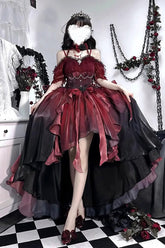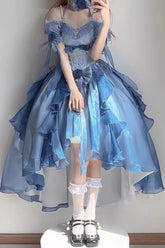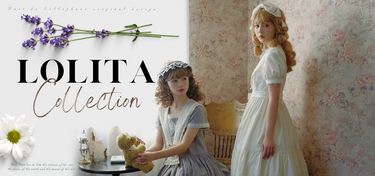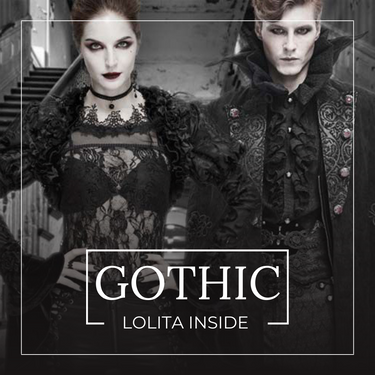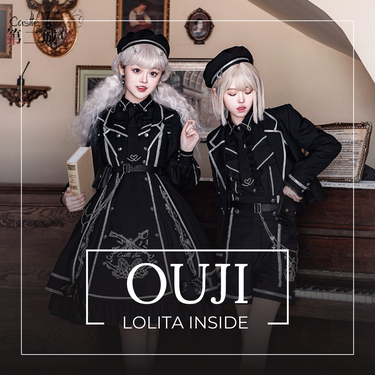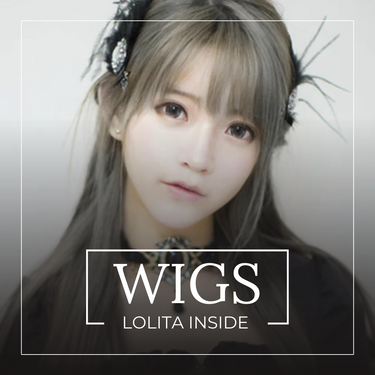Gothic Fashion: The Dark Allure
In the world of fashion, the term 'Gothic' evokes images of darkness, mystery, and elegance. With its roots in the post-punk movement of the late 1970s, Gothic fashion has transcended its subcultural origins to become a recognizable and influential style on the global stage. Steeped in dark romance, this aesthetic has been embraced by celebrities, designers, and everyday enthusiasts alike. But what is it about Gothic fashion that remains so captivating?
Historical Origins
To understand Gothic fashion, one must first delve into its historical influences. The term 'Gothic' itself can be traced back to the Goths, an East Germanic tribe, but it's more directly linked to the Gothic architecture and art of medieval Europe, characterized by its intricate designs, pointed arches, and an overall sense of grandeur and somberness.
Fast forward to the late 20th century, the birth of the Gothic subculture in the UK was closely intertwined with the music scene, notably with bands like Bauhaus, The Cure, and Siouxsie and the Banshees. These artists, both in their music and appearance, laid the groundwork for what would become the iconic Gothic style.
Key Elements of Gothic Fashion
-
Color Palette: Predominantly black, but often accentuated with deep purples, blood red, and metallics like silver and gold.
-
Materials: Velvet, lace, silk, and leather are often used, each adding its own texture and dimension to an outfit.
-
Accessories: These play a crucial role in Gothic attire. Think silver jewelry, intricate chokers, gloves, and corsets. Footwear, too, becomes an essential element, with platforms, boots, and stilettos taking center stage.
-
Makeup and Hair: Dark eyeshadows, bold lip colors (especially black, dark purple, and red), and pale complexions are signature looks. Hairstyles often include long, straight hair, often dyed in jet black or highlighted with streaks of vibrant color.
Subgenres and Evolutions
Like any influential fashion style, Gothic fashion has seen various subgenres and interpretations. One notable offshoot is the Gothic Lolita, a style that emerged from Japan, blending the darkness and elegance of Gothic fashion with the sweetness and innocence of the Lolita aesthetic. It incorporates frills, bows, petticoats, and bonnets, combined with the traditional dark colors and motifs of the Gothic style.
Another popular subgenre is Cybergoth, which merges the traditional Gothic look with elements of rave culture and futuristic influences. Neon colors, synthetic materials, and cybernetic accessories mark this substyle.
The Enduring Appeal
Gothic fashion, at its heart, is an expression of individuality and a rejection of mainstream norms. It's a celebration of the darker, more mysterious side of human nature. The aesthetic creates a space where people can embrace their inner darkness, be it through their attire, makeup, or even attitude.
In a world often obsessed with brightness and light, Gothic fashion stands out as a powerful reminder that there's beauty in the shadows, depth in mystery, and an undeniable allure in the unknown.
In conclusion, Gothic fashion is more than just a style; it's a movement, a mindset, and a form of art that continues to evolve and captivate. Whether through its dark, romantic dresses or its unique cultural significance, the world of Gothic fashion remains an emblem of individuality and dark elegance.
